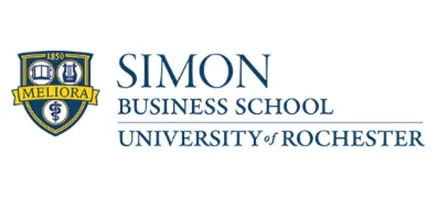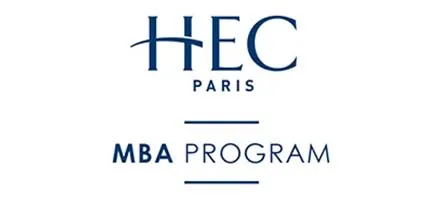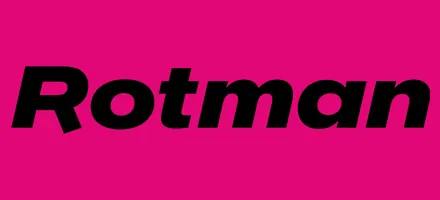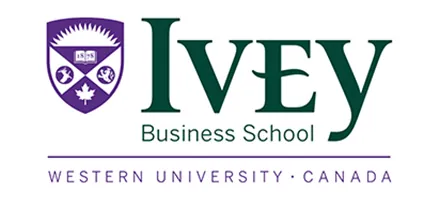
GoodCompany’s Emily Roesing and Rory Costello present at Haas on a startup for supporting seniors – Ethan Baron photos
While some B-school students are still learning how to write business plans for startups, many are now learning how to use the “business model canvas” instead. This key component of lean startup is a single, evolving document with, typically, nine sections that cover customers and customer relationships, value propositions, revenue streams, important assets and activities, crucial partners, and cost structure. In Blank’s Lean LaunchPad course, students spend a week learning about each element of the canvas via online “flipped classroom” video lectures. And each week, they have to go out and test their hypotheses, to answer questions such as “What is the product?” and “Who are the customers?” and “What’s the distribution channel?” Hypotheses are added and refined according to feedback received from potential customers, users, partners, and investors.
MBAS WANT TO STUDY LEAN METHODOLOGY
In the past couple of years, applicants to MBA programs have been expressing increasing interest in studying lean startup, says Dan Bauer, CEO of admissions consulting firm The MBA Exchange. MBA students at top schools are investing considerable money and time in their education, and are looking for an edge over entrepreneurs who launch businesses without MBAs, Bauer says. “B-school students seek to catch up with and surpass others by learning how to minimize time to market, validate market demand, leverage resources, and other ‘lean’ strategies,” Bauer says.
At Haas, in addition to linking each Lean LaunchPad team with a mentor for weekly meetings, Blank brings in experienced entrepreneurs and venture capitalists to join him as instructors in guiding students along the path to innovative enterprise.
Each week, the instructors take their seats up in the fourth, top row of the auditorium, and listen to presentations from all eight student teams. The students are following lean startup methodology to develop products. The goal is a product that could fly, and some highly successful enterprises have come out of Blank’s classes, but the product isn’t the point – learning is the point.
During class presentations, instructors track and comment on students’ work via an online dashboard developed for the class. And they ask questions. Lots of questions.
WHAT IS IT YOU’RE MAKING, EXACTLY?
“Have you made a major pivot?” Blank asks one team that has given an update on their development of “mentl.io,” a children’s game that uses sensors to monitor users’ brain activity and provide feedback to parents on children’s reasoning skills, language ability, and auditory and visual development. A team member had mentioned the possibility of using the technology in computer gaming. “I’m confused,” Blank says. “Remind everyone what business you still think you’re in and remind us why you’re talking about gaming devices.”
A team member responds that they haven’t pivoted and are still focused on the original concept, but are exploring other potential markets for the technology. Instructor Jim Hornthal, entrepreneur and angel investor chairman of M34 Capital in San Francisco, promises to connect the team with someone from the University of California San Francisco who could help with Mentl.io’s development.











